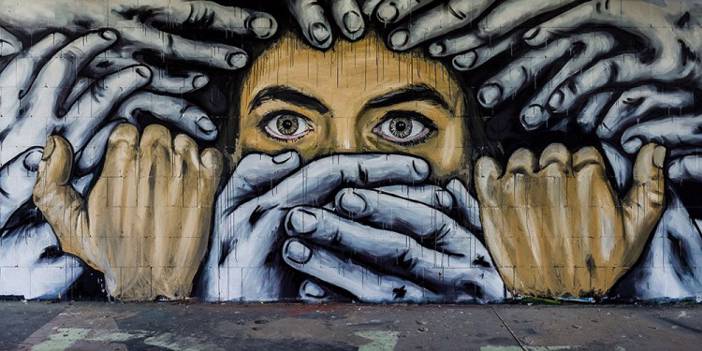For some instances of violence, a clear connection can be drawn from online speech to offline harm: a UN fact-finding mission has found propaganda on Facebook to have been a "determining factor" for the horrific 2017 Rohingya genocide in Myanmar, and the 2021 US capitol attacks were coordinated online.
However, these examples alone do not prove that social media plays a systematic role in furthering real-world violence. ODAS will research this effect more systematically and attempt to answer three overarching research questions:
- Is social media being used predominantly for influencing or coordinating real-world attacks?
- What types of messages are most likely to cause harm?
- Where is violence most likely to occur following incendiary rhetoric on social media?
Several methods will be used to answer these questions, including surveys, survey experiments, text-as-data analysis of social media posts, and geographic conflict event analysis.
The ODAS team includes Sebastian Schutte, Helga Malmin Binningsbø and Jonas Vestby from PRIO, Francesca R. Jensenius of the University of Oslo and NUPI, Nils B. Weidmann from the University of Konstanz, Daniel Karell at Yale University, and Niranjan Sahoo at the Observer Research Foundation in New Delhi. We focus on South Asia as a particularly relevant region.
Publications
Sebastian Schutte, Daniel Karell, Ryan Barrett, Online speech and communal conflict: Evidence from India, PNAS Nexus, Volume 4, Issue 5, May 2025, pgaf149, https://doi.org/10.1093/pnasnexus/pgaf149









